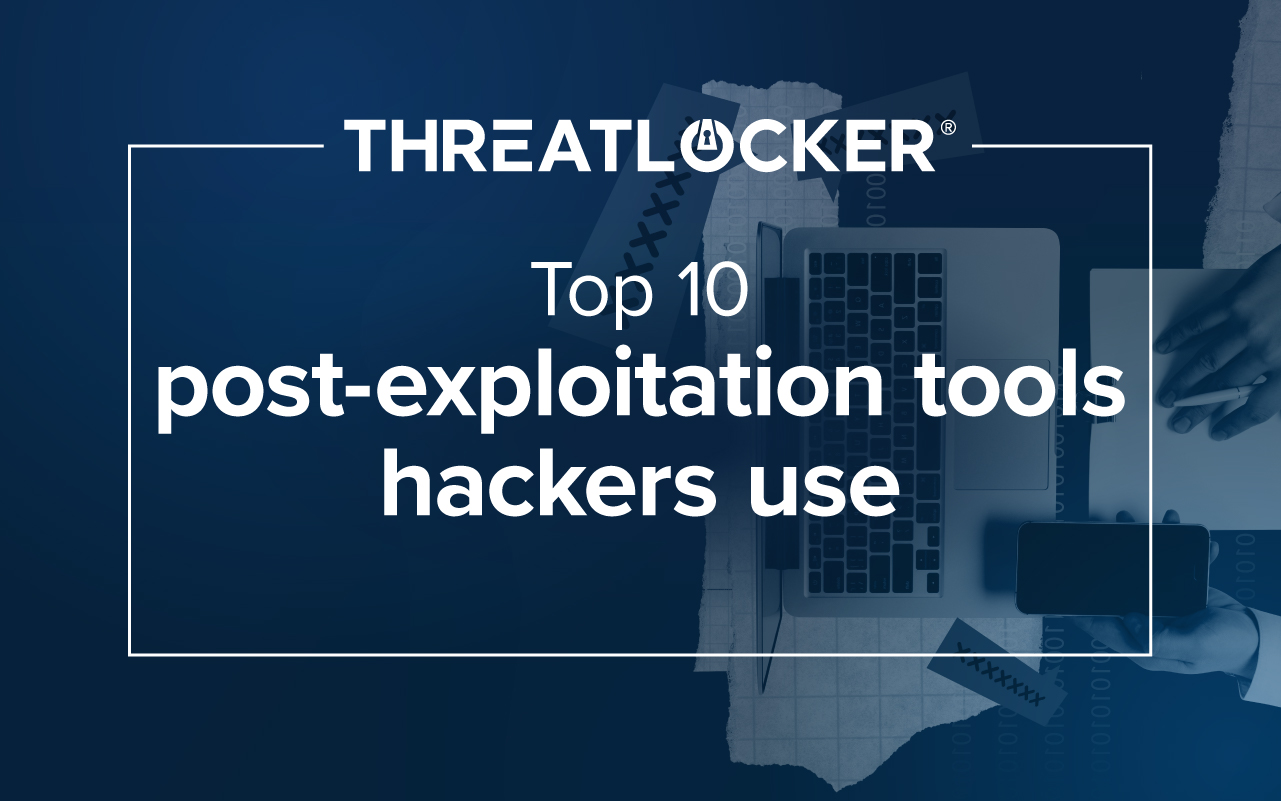Table of contents
Overview
Reverse Shells are a means to an end, and that end is taking full control of your machine. Malicious actors are constantly looking for ways into your endpoints.
The Cyber Hero® Team's mission is to provide you with an insightful and clear understanding of how these cyberattacks are employed and how hackers think, which is the key to stopping them.
What is a shell?
A shell provides a gateway to interact with a system through a terminal interface. It's an essential tool used by administrators, developers, and various technology professionals every day. This command-line interface allows for efficient execution of tasks, management of system resources, and direct scripting.
Common terminals:
- Bash
- PowerShell
- cmd
- zsh
What is a Reverse Shell?
A reverse shell is a specific type of shell where the victim's machine initiates a connection back to the attacker’s system. This setup allows the attacker to remotely execute commands on the target machine. Unlike a traditional shell, where the attacker must reach out to the victim's system, a reverse shell flips the connection direction, often bypassing firewalls and other security measures to give the attacker discreet control over the compromised machine.

What is a Bind Shell?
A bind shell is a type of shell where the victim's machine actively opens a port on its network interface. Once this port is open, the attacker can connect to it, gaining remote terminal access to the victim's machine. This method effectively turns the compromised system into a server, waiting for the attacker's commands. It allows the attacker direct control over the machine, enabling them to execute actions as if they were locally logged in.

Payload examples
Understanding the difference between Reverse Shells and Bind Shells is crucial. Visualizing the payloads for these attacks can deepen our comprehension, making it easier to spot and identify these types of attacks in practice.
Below is a link to an open-source project that provides a comprehensive collection of Reverse and Bind Shell payloads for Windows, Mac, and Linux systems, along with additional tools.
How ThreatLocker® stops these shells
- Allowlisting gives you the ability to allow only the applications you trust and have verified to be benign to run, blocking compiled Reverse Shells in their tracks.
- Ringfencing™ limits the capabilities applications have to reach out to the internet, communicate with other applications, or modify the registry. Straight out-of-the-box, you can Ringfence PowerShell from communicating with the internet, proactively stopping Reverse-PowerShell payloads.
- ThreatLocker® Detect is an Endpoint Detection and Response (EDR) solution, enabling us to identify Indicators of Compromise (IOCs) or malicious activities on endpoints. We have implemented Threat Detection Rules that generate alerts in response to activities associated with reverse shells, Living-Off-The-Land Binaries and the malicious use of PowerShell.
If you are interested in learning more about how ThreatLocker® can protect your organization from Reverse Shells, Bins Shells, and many more attack vectors, book a demo today.






